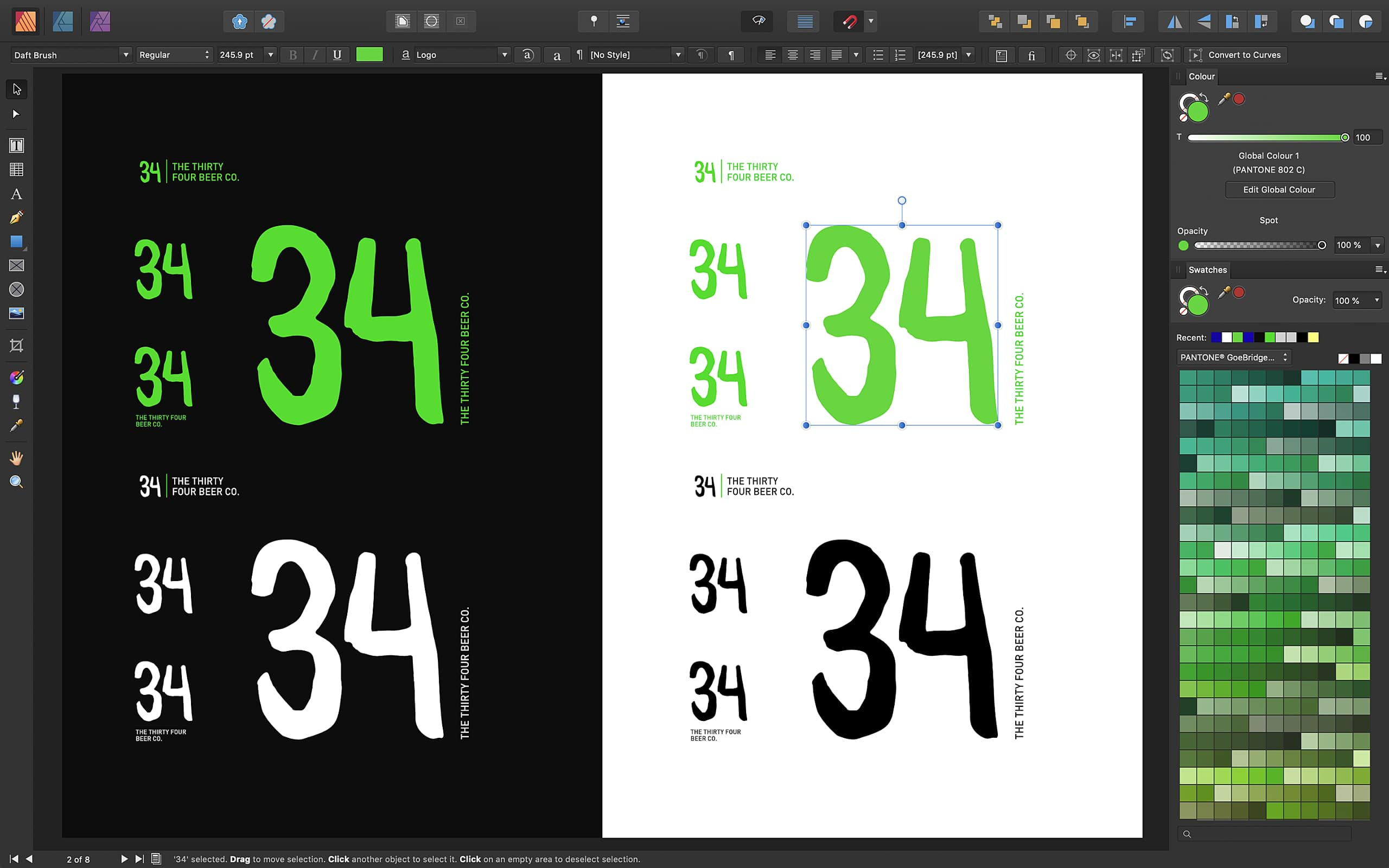

But why Well, when you have a tone of apps installed with many of them running simultaneously, your Mac is likely to get worked up. One sign of failure is when your system runs out of application memory and you have to make more free space. Systems fail, and the Mac is no exception. Netflix has standalone apps for iOS (iPhone and iPad), Android, and Windows 10. However, technology should not be fully trusted. In the meantime, the streaming giant has confirmed to Bloomberg it has no plans to bring its popular iPad app to the Mac. Once that happens, Netflix might move its iPad app to macOS as well.

Apple obviously wants to bring more apps to the Mac, especially the ones that are popular on iPhone and iPad. These issues will be ironed out as Catalyst matures, and the work of developers will surely be cut in half in the future. Then there are user interface issues that might need fixing, given that several iPad apps that were imagined for a touch-only experience need to be adapted for a mouse and keyboard. Others had to inform buyers that a macOS version would require a separate purchase, even if they’ve already bought the app from the App Store on an iPad or iPhone. Some developers have had to postpone their macOS launches to further iron out wrinkles. In practice, however, that’s not so easy, which explains why you’re not witnessing a flurry of updates from iOS apps telling you those apps are available on Mac as well. Excel 4.0 was the first application to support new AppleScript.
#Why is there no publisher for mac for mac
Microsoft Office 3.0 for Mac was released in 1992 and included Word 5.0, Excel 4.0, PowerPoint 3.0 and Mail Client. Apple’s dream is to have developers code an app once and then launch it on iOS, iPadOS, and macOS. Microsoft Office 1.5 for Mac was released in 1991 and included the updated Excel 3.0, the first application to support Apple's System 7 operating system.


 0 kommentar(er)
0 kommentar(er)
